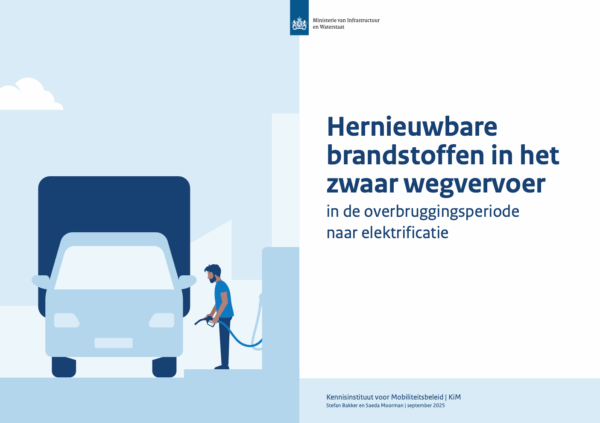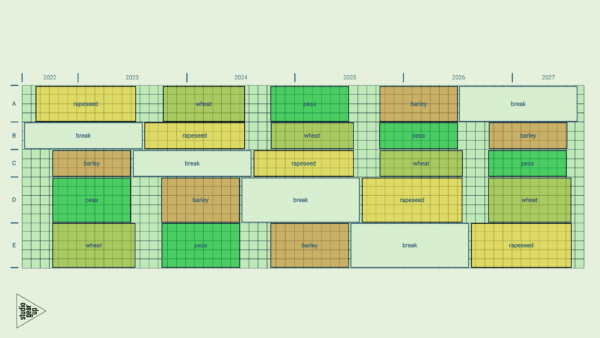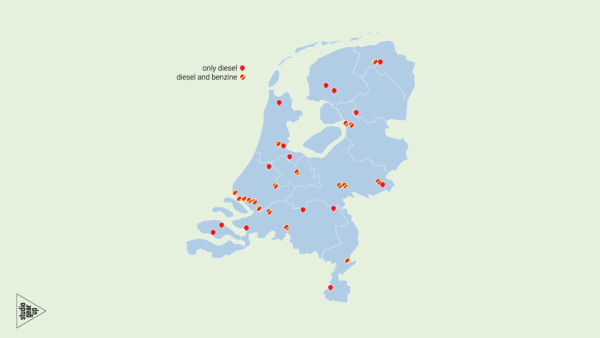Dutch national newspaper De Volkskrant investigates how six extreme Missions for the Netherlands can be realized before 2030.
This can be considered as a comment to the European Commission’s “Fit for 55” package to achieve 55% less climate impact in 2030 (published mid July). The ‘Missions’ the newspaper explore go well beyond that. The ‘Make the Netherlands climate negative by 2030?’is a “Fit-for-100”-scenario. studio Gear Up was interviewed to provide insights for the mobility sector.
Read the article (in dutch) here.



